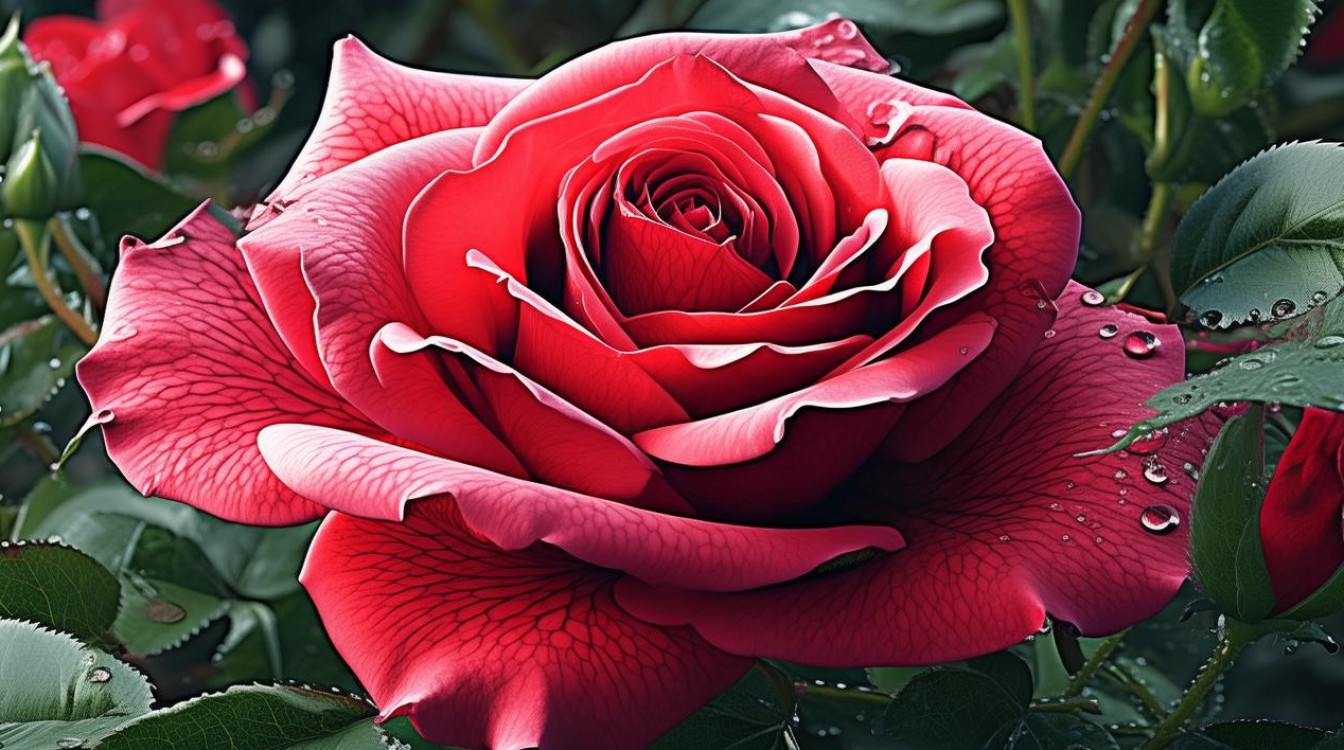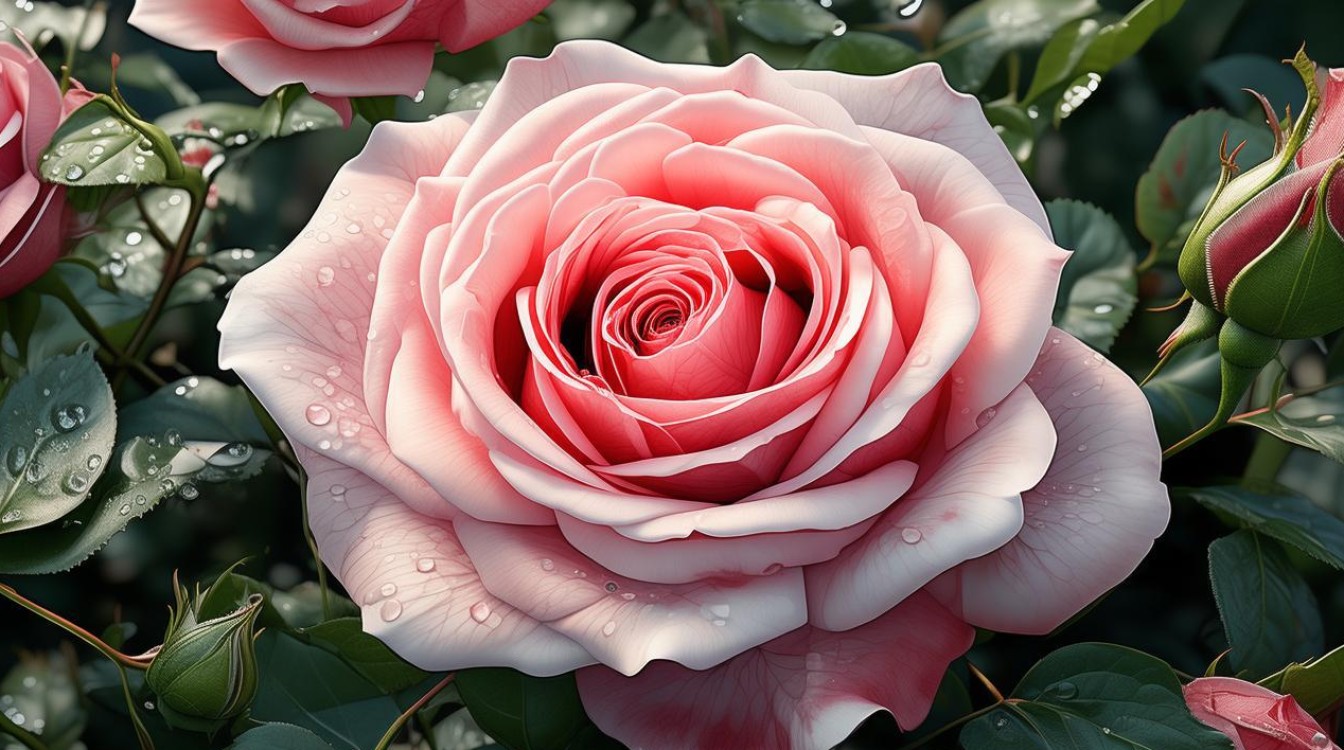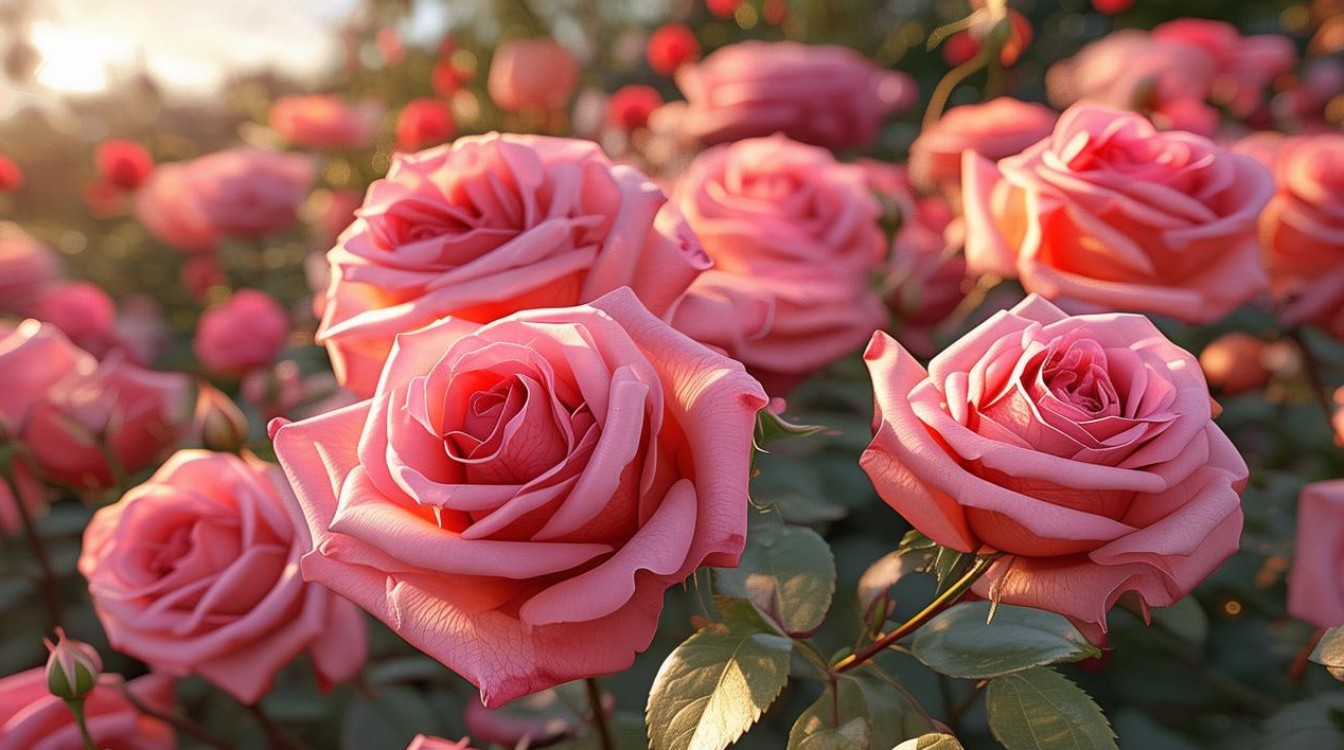Roses have captivated hearts across cultures for centuries, their velvety petals whispering stories in every hue. As nature's most eloquent love letter, these blossoms deserve an equally rich vocabulary to capture their essence. Whether you're a gardener, poet, or simply an admirer, mastering these descriptive terms will deepen your appreciation for Rosa's infinite varieties.

Botanical Terminology
- Petals – The delicate, often fragrant layers forming the rose's iconic bloom. Varieties may have single (4-8 petals), semi-double (9-16), double (17-25), or fully double (26+).
- Sepals – Green leaf-like structures protecting the bud before blooming.
- Thorns – Technically called prickles, these sharp outgrowths protect stems from predators.
- Stamen – The male reproductive part, consisting of pollen-bearing anthers on slender filaments.
- Pistil – The female reproductive organ at the flower's center.
Color Spectrum
Roses defy simple color labels—their tones shift with sunlight, age, and variety:
- Crimson: Deep, passionate red with blue undertones
- Vermilion: Vibrant orange-red, like a tropical sunset
- Blush: Soft pink with whispers of peach
- Alabaster: Pure, luminous white
- Mauve: Dusty purple with grayish tones
- Buttercup: Warm, golden yellow
- Burgundy: Wine-dark, nearly black in certain lights
Hybrids like "Rainbow Roses" feature artificially split-color petals, though natural varieties like Rosa 'Versicolor' display spontaneous striping.
Fragrance Profiles
A rose's scent is its soul. Perfumers classify fragrances into distinct families:
- Old Rose: The classic, honeyed aroma of heritage varieties like Rosa gallica
- Fruity: Zesty citrus (lemon, bergamot) or sweet berry notes
- Spicy: Warm clove, cinnamon, or pepper accents
- Musk: Earthy, animalic depth found in Damask roses
- Tea: Fresh, crisp notes reminiscent of green tea leaves
The David Austin English Roses excel in complex bouquets, blending myrrh, almond, and vanilla.

Texture & Form
Tactile words bring roses to life:
- Velvety: Petals with a plush, matte finish (e.g., Rosa 'Black Baccara')
- Satiny: Smooth, reflective surfaces that catch light
- Ruffled: Playfully curled edges, like Rosa 'Juliet'
- Cupped: Blossoms forming a rounded bowl shape
- Quartered: Petals arranged in symmetrical, layered sections
Growth Habits
Understanding these terms helps gardeners choose ideal varieties:
- Climbing: Long canes requiring support (e.g., Rosa 'New Dawn')
- Shrub: Bushy, self-supporting plants
- Groundcover: Low-spreading types like Flower Carpet series
- Standard: Tree roses grafted onto tall stems
Poetic & Literary Expressions
Writers have woven roses into language for millennia:
- "A rose by any other name" – Shakespeare's nod to essence beyond labels
- "Bed of roses" – An idealized, effortless situation
- "Thorn among roses" – Beauty with inherent challenges
- "Rosy-fingered dawn" – Homer's metaphor for daybreak’s soft glow
Modern rose breeders name cultivars to evoke romance ('Eternal Flame'), nostalgia ('Memorial Day'), or whimsy ('Hot Cocoa').

Cultural Symbolism
Colors carry unspoken messages:
- Red: Passion, enduring love
- White: Purity, new beginnings
- Yellow: Friendship, joy (though historically signified jealousy)
- Lavender: Enchantment, love at first sight
- Coral: Desire, enthusiasm
The blue rose, long a symbol of the unattainable, became reality with genetic engineering—though true blue pigments remain elusive.
Rare & Historic Varieties
- Rosa mundi (Rosa gallica 'Versicolor'): Striped pink-and-white, dating to 12th-century Persia
- Green Rose (Rosa chinensis 'Viridiflora'): Petals mutated into leaf-like sepals
- Desert Rose (Adenium obesum): Not a true rose but mimics its form in arid climates
In Gardens & Arrangements
Florists use specific terms:
- Spray Roses: Clusters of small blooms on one stem
- Hybrid Tea: Single large blooms per stem, ideal for cutting
- Cabbage Rose (Rosa centifolia): Hundred-petaled, used in perfumery
For longevity, choose "long-stemmed" varieties with tight buds just starting to unfurl.

Scientific & Medical Terms
- Anthocyanins: Pigments creating red/purple hues
- Rosehip: The fruit, rich in vitamin C and used in teas
- Attar of Roses: Essential oil extracted from petals
Final Thoughts
Roses are more than flowers—they're a lexicon of beauty, each term unlocking deeper connection. Whether describing the gossamer sheen of a petal or the heady musk of an heirloom bloom, this vocabulary transforms observation into artistry. Next time you encounter a rose, let these words guide your gaze beyond the surface.


